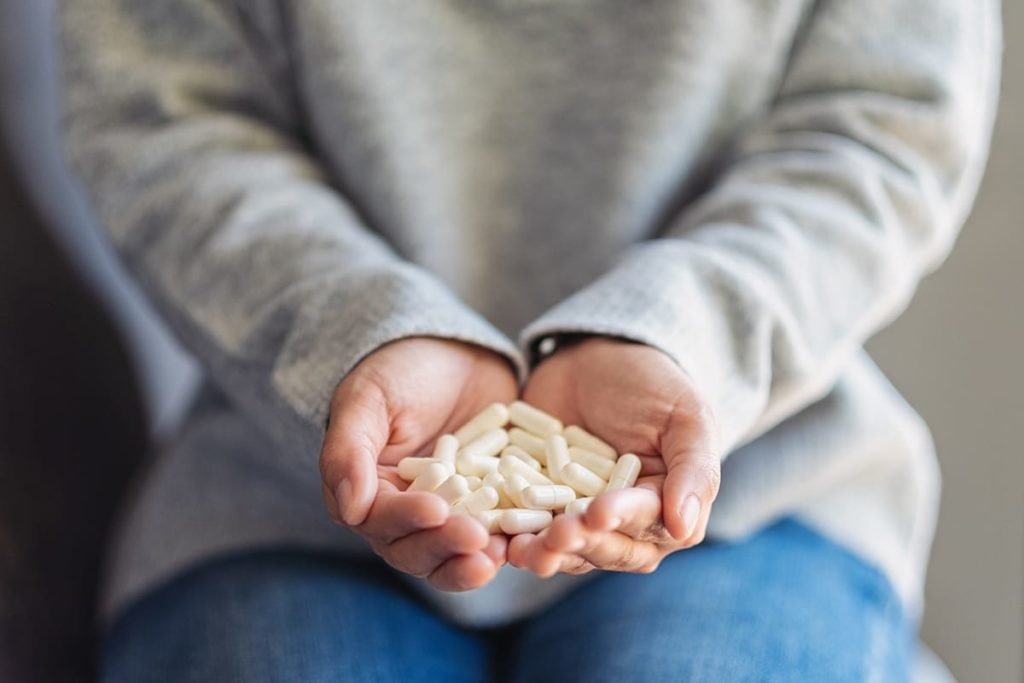A new study has investigated the continuing opioid abuse crisis—largely fuelled by prescription painkillers—and has suggested that overprescribing and addiction are driving overdose deaths rather than non-medical abuse. The opioid problem has been growing for some time across the U.S., with overdose rates more than doubling between 1999 and 2013 and with just over half of these related to pharmaceuticals. Understanding the root causes of the problem and what can be done about them is essential for reducing the burden of addiction across the country, and the new study offers evidence to aid with both of these goals. If you believe you’re falling victim to the painkiller epidemic, seek out a prescription drug addiction treatment program.
Recreational Use Isn’t Driving Crisis
The primary point raised in the study is that the effect of recreational use on overdose death rates is limited. Although more people abusing medications non-medically will obviously have an impact on overdose rates, the researchers point out that the rates of non-medical use have gone down in recent years—the peak of new non-medical users was in 2002—but overdose rates have continued to rise dramatically. Additionally, non-medical use is most common in teenagers and young adults (aged 15 to 24), but overdose rates are highest in those aged 45 to 54, and the biggest increase in overdose death rates in the past decade has been among 55- to 64-year-olds. This last age group, in particular, is among the least likely to abuse medications. Additionally, a study from Utah showed that 92 percent of those who died of an unintentional opioid overdose had been using the medications for chronic pain rather than recreationally. All of these points taken together are used to argue that non-medical abuse isn’t the driving factor behind the crisis. The researchers instead point to addiction as the main issue, noting that the number of Americans seeking treatment for painkiller addiction has increased nine-fold since 1997. The authors argue that the current approach primarily focuses on preventing non-medical abuse while preserving access for chronic pain patients, and while this is still beneficial, it drastically understates the role of medical use in the high rates of illness and death due to the drugs. They further suggest that this, in part, is being caused by a change in attitudes surrounding prescribing.
Pharmaceutical Companies and Pain Management Causing the Painkiller Epidemic
Before OxyContin was introduced in 1995, doctors were less willing to prescribe opioid painkillers for long-term pain because of well-founded concerns about addiction, tolerance, and dependence. However, the study largely ties the increase in use to the activities of Purdue Pharma, the manufacturer of OxyContin, in the years after its introduction. There was a small increase in the use of addictive medicines for non-cancer pain following a small and fairly unreliable study released in 1986, but the increase in use became much sharper in 1996 when Purdue started funding pain-related educational programs and encouraging long-term use of opioids for non-cancer pain. Purdue Pharma’s activities included offering financial support to numerous organizations—including the American Pain Society and the American Academy of Pain Medicine—that went on to advocate for more aggressive identification and treatment of pain problems, especially using opioid medicines like OxyContin. One example of this was the American Pain Society’s “Pain Is the Fifth Vital Sign” campaign, which was soon followed by an endorsement of the use of opioids in treating ongoing pain. Concerns about addiction were brushed aside with papers and talks given by doctors-turned-pharmaceutical-spokespeople, trying to separate addiction from “physical dependence,” which they claimed was “clinically unimportant.” The evidence they provided was severely flawed, and the authors point out that high-quality, long-term clinical trials on the safety and effectiveness of long-term treatment of non-cancer pain with opioid medicines haven’t been conducted. Surveys indicate that for long-term users, significant pain is still a daily reality. Dr. Caleb Alexander, a co-author of the study, commented that “I think we have overestimated the benefits of prescription opioids and underestimated their risks. Although opioids have many risks, their addictive potential is of especially great concern.”
What Can Be Done Regarding the Painkiller Epidemic?
The authors’ primary suggestion is that the opioid epidemic is reframed as a problem with addiction rather than one with abuse. The primary strategies they suggest to combat it include providing physicians with accurate information on their risks and benefits and encouraging caution in prescribing practices. Secondary strategies include prescription drug monitoring programs, which are statewide databases that enable doctors to catch out those who are “doctor-shopping”—visiting numerous physicians, often with feigned symptoms, in order to receive multiple prescriptions. This would prevent the diversion of medicines to non-medical users and would also help physicians identify those struggling with addiction. By increasing treatment access, these individuals can be helped, especially if access to medicines like buprenorphine is increased, too. Finally, harm reduction approaches are also suggested, in particular, increasing access to naloxone, which is an antidote to opioid overdose. The authors say naloxone should be available to emergency responders and the family members of users in order to maximize the number of overdoses that are averted.
A Big Problem, But One We Can Tackle
The most interesting point the authors raise is that by simply re-framing the issue as one of addiction, the most beneficial approaches become more obvious. We can’t tackle addiction without thinking about medical users who become addicted, and we can’t do it if we don’t provide treatment for as many of those in need as possible. Thankfully, many of the suggested approaches have become more widespread in recent years—like naloxone access and prescription drug monitoring programs—and as long as we continue to focus on treating addiction, we should begin to see lasting improvements in the number of overdose deaths. Don’t fall victim to the rising painkiller epidemic. Contact The Ranch by calling 1.844.876.7680 today to learn more about your treatment options through our addiction treatment center.

